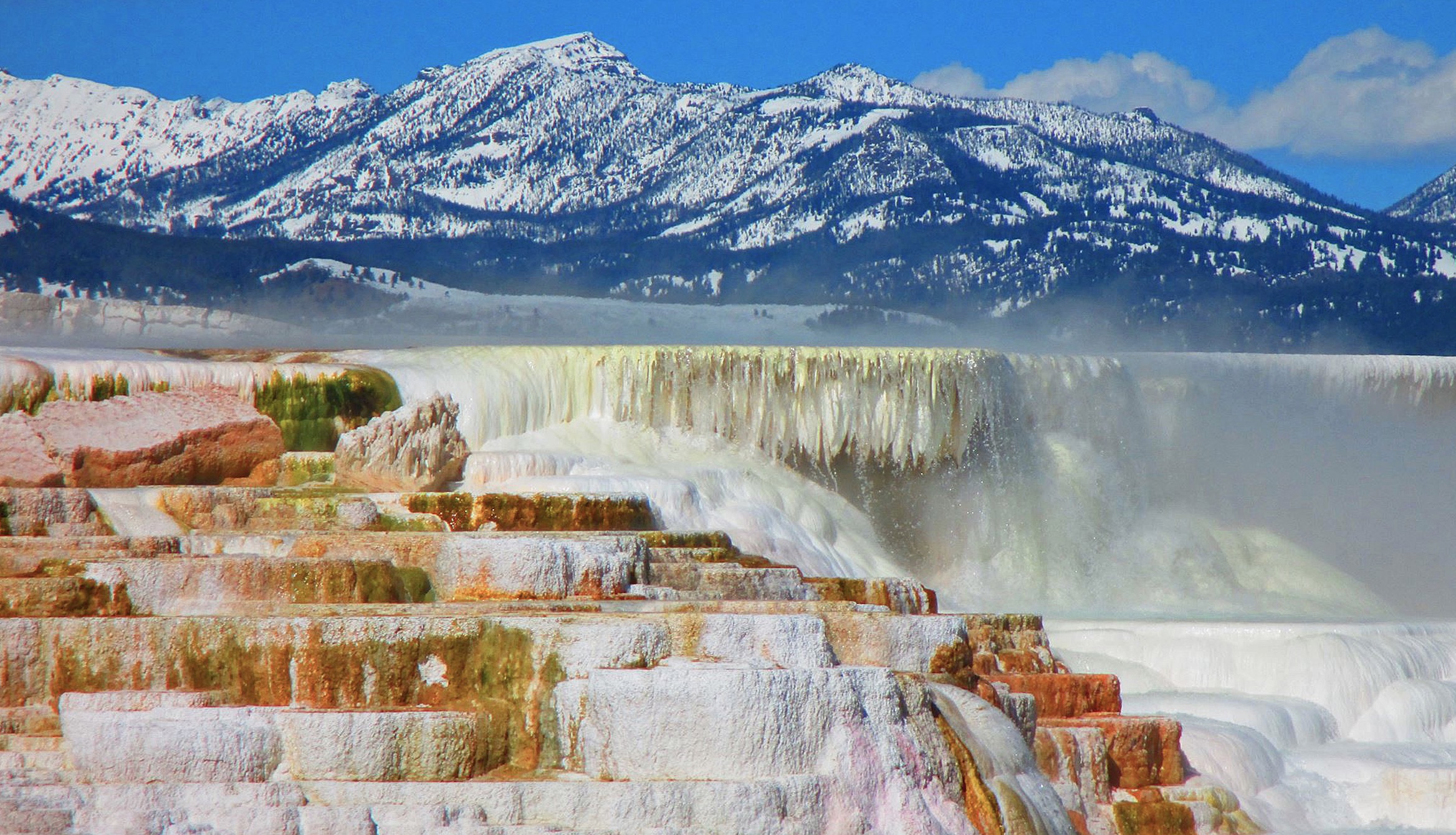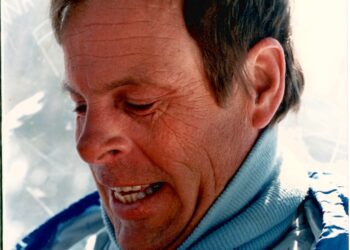By Jim Holstein EBS CONTRIBUTOR
Every year on the first Monday in March, Yellowstone begins to close roads to snowmobiles and snowcoaches and begins spring plowing.
While some visitors may be surprised to learn the park shuts down for the winter in March, this is necessary because of the amount of roadway that must be plowed, approximately 270 miles. It’s a big task plowing these roads, which are often packed like a glacier with several feet of ice and snow.
If the weather and equipment cooperate, the park opens back up each year by the Friday of Memorial Day weekend.
While the West Entrance south of Big Sky is now closed for plowing, Yellowstone’s Northern Range is open year-round and is just in reach of Big Sky. A two-hour drive and 124 miles via Bozeman and Livingston gets you to Yellowstone’s North Entrance at Gardiner. Mileage for this trip can add up, and getting a guide can help with time management and wildlife spotting.
Once in the park, the roads to Mammoth, Tower Junction and Cooke City are plowed and open, giving folks a taste of Yellowstone any time of the year. You can visit the constantly changing and extremely colorful Mammoth Hot Spring Terraces and plan some time to walk some of the boardwalks.
Mammoth Hot Springs is one of Yellowstone’s most beautiful and dynamic features. Flowing at a rate of 500 gallons of water per minute, it also deposits about 2 tons of travertine a day, forming the constantly changing terraces. Add the bright colors of the thermophiles thriving in the hot water and the springs at Mammoth create a magical scene.
The road inside and outside the park is in the heart of the Northern Range, home to 70 percent of the park’s wintering wildlife. Animals are abundant and are often close to the road. Species such as mule deer, white-tailed deer, coyotes, elk, bison, bighorn sheep, eagles and pronghorn are common, while wolves become a little more difficult to find as they make dens for the arrival of puppies.
This is also the time of year when grizzlies and black bears start to emerge from hibernation, and with the warm weather predicted in coming weeks, more bears are likely to emerge from their dens. Other springtime species will start showing up as well, including the mountain bluebird, osprey, sandhill crane, marmot and badger.
Visitors traveling to Yellowstone this time of year should be aware that Yellowstone doesn’t plow between 4:30 p.m. and 6 a.m. and most of the area doesn’t support cellphone reception. It’s also important to note that there are thousands of elk and deer that feed at night along Highway 89 from Gardiner to Livingston. Stay vigilant on all area roads inside and outside the park, travel at your own risk and carry a winter survival kit.
Jim Holstein, a thirty-year resident of Big Sky, has been a guide for Yellowstone Tour Guides since 1991. He’s worked in the park since 1987 and helped fight the fires of ’88.














